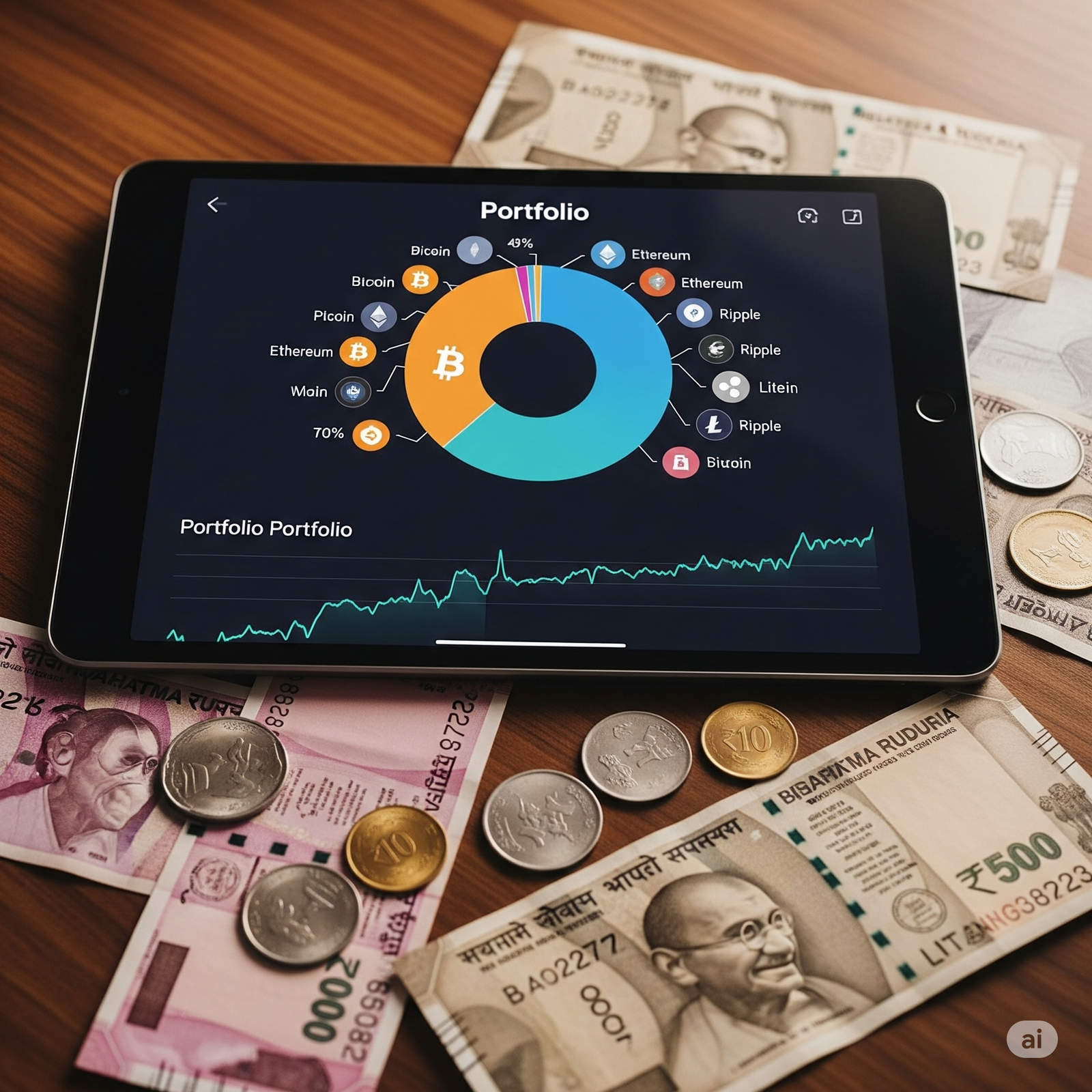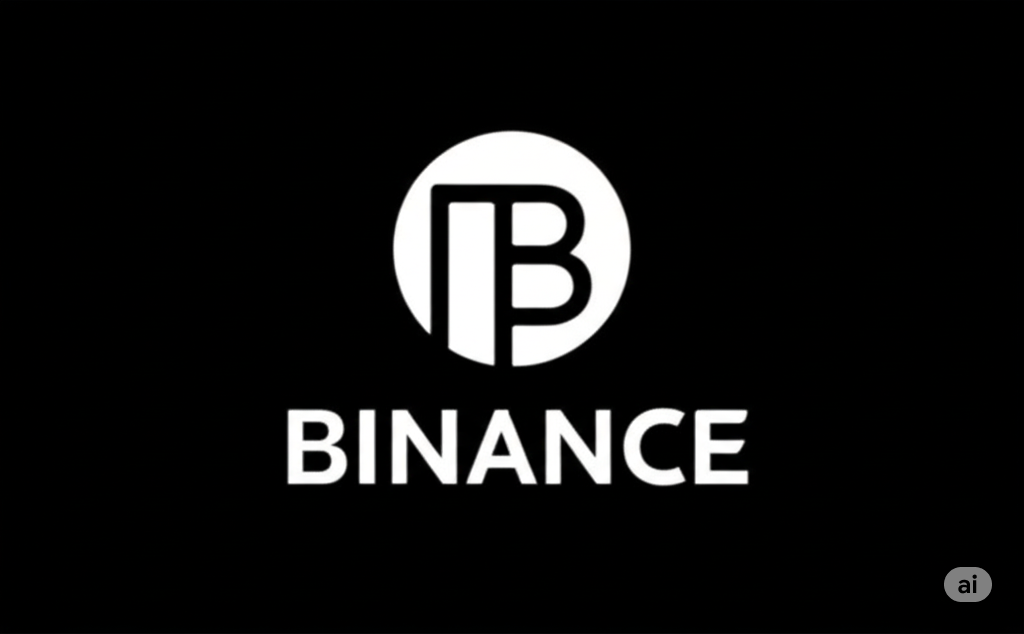The cryptocurrency market is known for its volatility, with prices capable of significant swings in short periods. While the potential for high returns is alluring, relying on a single cryptocurrency can expose you to substantial risk. This is where diversification comes into play. Just like in traditional investing, spreading your investments across different crypto assets can help mitigate risk and potentially enhance overall returns.
This blog will explore the importance of diversifying your crypto portfolio and provide practical strategies on how to do it effectively, keeping in mind the Indian context.
Why Diversify Your Crypto Holdings?
Think of your crypto portfolio as a garden. If you only plant one type of flower, a single disease or pest could wipe out your entire garden. However, if you plant a variety of flowers, some might be more resilient to certain challenges, ensuring your garden continues to flourish. Diversification in crypto works on a similar principle:
- Reduce Volatility: Different cryptocurrencies can react differently to market events. When one asset is experiencing a downturn, others might hold steady or even increase in value, helping to smooth out the overall volatility of your portfolio.
- Mitigate Risk: If you’ve heavily invested in a single project that fails or faces a critical vulnerability, you could lose a significant portion of your investment. Diversification spreads this risk across multiple assets.
- Exposure to Different Growth Potentials: The crypto space is constantly evolving, with new technologies and use cases emerging. By holding a variety of assets, you gain exposure to different sectors and their potential for growth. You might capture gains from established cryptocurrencies, emerging DeFi projects, NFTs, or other innovative areas.
- Learn and Adapt: Diversification can encourage you to research and understand different blockchain technologies and their underlying value propositions, making you a more informed investor.
Strategies for Diversifying Your Crypto Portfolio:
Here are some practical ways to diversify your crypto holdings:
1. Beyond the Blue Chips (But Don’t Ignore Them):
While Bitcoin (BTC) and Ethereum (ETH) are the two largest cryptocurrencies by market capitalization and often considered relatively “safer” due to their established networks and adoption, don’t limit your portfolio solely to them. Explore other promising projects with different use cases and market capitalizations.
2. Explore Different Market Sectors:
The crypto ecosystem is vast and encompasses various sectors:
- Layer-1 Protocols: These are the foundational blockchains like Solana (SOL), Cardano (ADA), and Polkadot (DOT), which aim to provide scalable and efficient infrastructure.
- Decentralized Finance (DeFi): This sector focuses on recreating traditional financial services in a decentralized manner. Consider holding tokens of prominent DeFi platforms like Uniswap (UNI), Aave (AAVE), or Maker (MKR).
- NFTs and Metaverse: Non-fungible tokens (NFTs) represent ownership of unique digital assets, and the metaverse aims to create immersive digital worlds. While potentially riskier, allocating a small portion to promising NFT projects or metaverse tokens like Decentraland (MANA) or The Sandbox (SAND) could offer growth potential.
- Decentralized Applications (DApps): Explore projects building innovative applications on blockchain technology in areas like gaming, social media, and more.
- Stablecoins: While not growth assets, holding a portion of your portfolio in stablecoins like Tether (USDT) or USD Coin (USDC) can provide a safe haven during market downturns and allow you to capitalize on buying opportunities.
3. Consider Market Capitalization:
Market capitalization (the total value of a cryptocurrency) can be an indicator of its maturity and risk level:
- Large-Cap Cryptocurrencies: These are the most established cryptocurrencies with the highest market caps (e.g., BTC, ETH). They generally exhibit lower volatility compared to smaller coins but might offer more moderate growth potential.
- Mid-Cap Cryptocurrencies: These projects have a medium market cap and can offer a balance between growth potential and risk.
- Small-Cap and Micro-Cap Cryptocurrencies: These are newer and less established projects with smaller market caps. They can offer the potential for significant gains but also carry the highest risk of failure. Allocate a smaller portion of your portfolio to these, and only after thorough research.
4. Understand Different Use Cases:
Invest in projects that solve real-world problems or offer unique value propositions. Understand the technology behind each cryptocurrency and its potential for long-term adoption.
5. Allocate According to Your Risk Tolerance and Financial Goals:
The percentage of your portfolio allocated to each asset should align with your individual risk tolerance, investment goals, and time horizon. If you are risk-averse, you might allocate a larger portion to more established cryptocurrencies and stablecoins. If you have a higher risk appetite and a longer time horizon, you might consider allocating a smaller portion to higher-growth potential, albeit riskier, assets.
6. Regular Rebalancing:
Over time, the value of different assets in your portfolio will fluctuate. Regular rebalancing involves selling some of the overperforming assets and buying more of the underperforming ones to bring your portfolio back in line with your initial allocation strategy. This helps maintain your desired risk level and can potentially improve long-term returns.
Important Considerations for Indian Investors:
- Regulatory Landscape: Stay informed about the evolving cryptocurrency regulations in India. This can impact the availability and legality of certain crypto assets and exchanges.
- Taxation: Understand the tax implications of buying, selling, and trading cryptocurrencies in India. Consult with a financial advisor or tax professional if needed.
- Exchange Availability: Not all cryptocurrencies are available on all Indian crypto exchanges. Choose exchanges that offer a diverse range of assets you are interested in.
- Due Diligence: Always conduct thorough research (DYOR – Do Your Own Research) before investing in any cryptocurrency. Understand the project’s whitepaper, team, technology, and community. Be wary of “get-rich-quick” schemes and invest responsibly.
Conclusion:
Diversifying your crypto portfolio is a crucial strategy for managing risk and potentially maximizing returns in the dynamic cryptocurrency market. By spreading your investments across different types of assets, market sectors, and market capitalizations, you can build a more resilient and balanced portfolio that is better positioned to navigate market fluctuations and capture long-term growth opportunities. Remember to tailor your diversification strategy to your individual circumstances and always prioritize thorough research.












Leave a Reply